The Babylonian Astrolabe: The Calendar of Creation (State Archives of Assyria Studies)
The Babylonian Astrolabe, or “Three Stars Each (Month),” as it was called in antiquity, is an enigmatic document that has been the subject of much controversy and debate ever since its discovery in the 1870s. It comes in two versions, a circular star map divided in three concentric “paths” and 12 month sectors, and a multicolumn text specifying the times of the heliacal risings of the stars and associating them with the main divinities of the Mesopotamian pantheon and the main events of the Mesopotamian cultic year. Both texts were of fundamental importance to Mesopotamian astral sciences, religion, and royal ideology, all of which were ultimately based on the 360-day “perfect year” of the astrolabes.This is the first full critical edition of all currently known astrolabe texts and a ground-breaking study of their astronomical content, showing that the text as it has come down to us consists of three redactional layers dating from different time periods, the earliest of which is to be dated to prehistoric times (ca. 5000 BCE). The appendixes to the book include 255 first-hand observations of heliacal phases of stars and planets and an appendix explaining in detail the heliacal phases.










